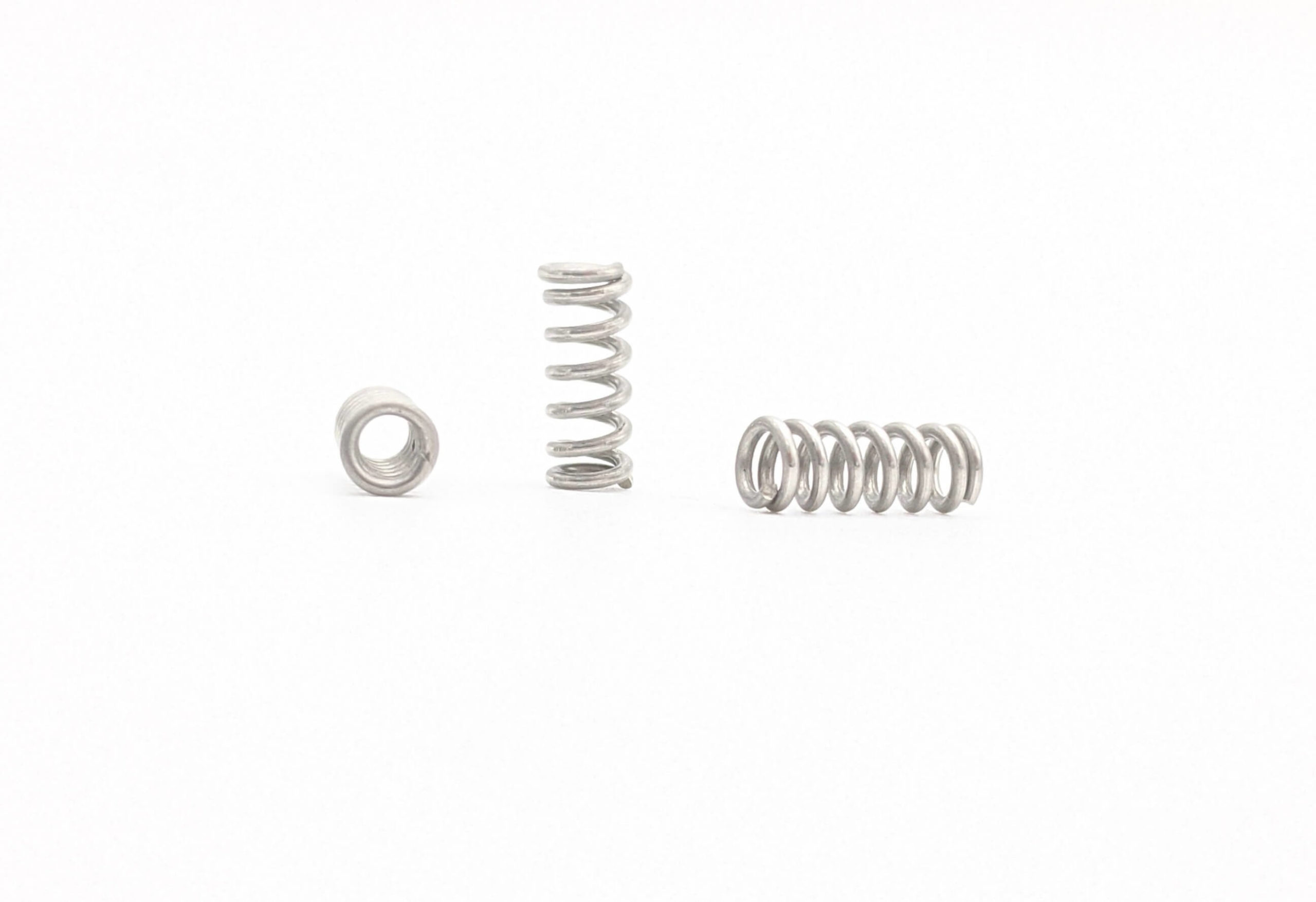Get unique, complex parts easily. No matter your requirements, Chaoyi Spring creates hard-to-produce coil springs and wire forms.
Let us help you create the custom wire form you need, from S-hooks and J-hooks to utility hooks and more.
We work closely with customers across a wide range of industries, helping them design and manufacture made-to-order parts.
Why choose Chaoyi Spring? We prioritize customer-focused collaboration, modern equipment and the latest technology to make your parts per print.
Find the information and guidance you need, from measuring a spring to learning about materials, placing an order and much more.
Compressing a small spring might seem like a simple task, but it's essential to approach it with care and precision. Whether you're working on a delicate piece of machinery, a


Compressing a small spring might seem like a simple task, but it's essential to approach it with care and precision. Whether you're working on a delicate piece of machinery, a hobby project, or simply need to store your springs efficiently, understanding the right techniques is crucial. This guide delves into the world of spring compression, offering practical tips and insights to help you achieve successful and safe results.

Springs, those coiled marvels of engineering, are designed to store and release energy. Their ability to compress and extend makes them essential components in countless devices. When dealing with small springs, the challenge lies in applying the right amount of force without causing damage or deformation. It's a delicate dance between achieving the desired compression and preserving the spring's integrity.
The tool you use for compressing a small spring is paramount. A simple, forceful approach can lead to mishaps, potentially ruining your spring or even causing injury. Here's a rundown of common tools and their applications:
Compressing a spring requires a gentle touch and a methodical approach. Here are some key techniques to keep in mind:
The material used to create a spring plays a critical role in its compression behavior. Different materials have varying strengths and elasticity. For example, steel springs tend to be stronger and more resilient than springs made from softer metals. Knowing the type of material your spring is made of helps you determine the appropriate compression force.
To ensure your small spring stays in tip-top shape, consider these tips:
Springs aren't just for compressing. They have a wide range of applications, including:
Compressing a small spring might seem like a simple task, but it's a skill that requires patience, precision, and a keen understanding of spring mechanics. By following the techniques and insights outlined in this guide, you'll be well on your way to mastering the art of spring compression, ensuring your springs remain in optimal condition and serve their intended purpose for years to come.
Remember, the key to successful spring compression lies in a delicate balance between force and finesse. Always prioritize safety and choose the right tools for the job. By adopting these practices, you'll not only achieve the desired compression but also protect the integrity of your small springs.
Browse some of the custom wire forms and springs that we manufacture. Don’t see what you need? We specialize in made-to-order products that meet your application requirements.
Visit Our GalleryNeed a custom wire form or coil spring? We make it work. Fill out the contact form and a representative will respond within 1 business day. If you have a PDF or CAD file, you can submit to request a quote.